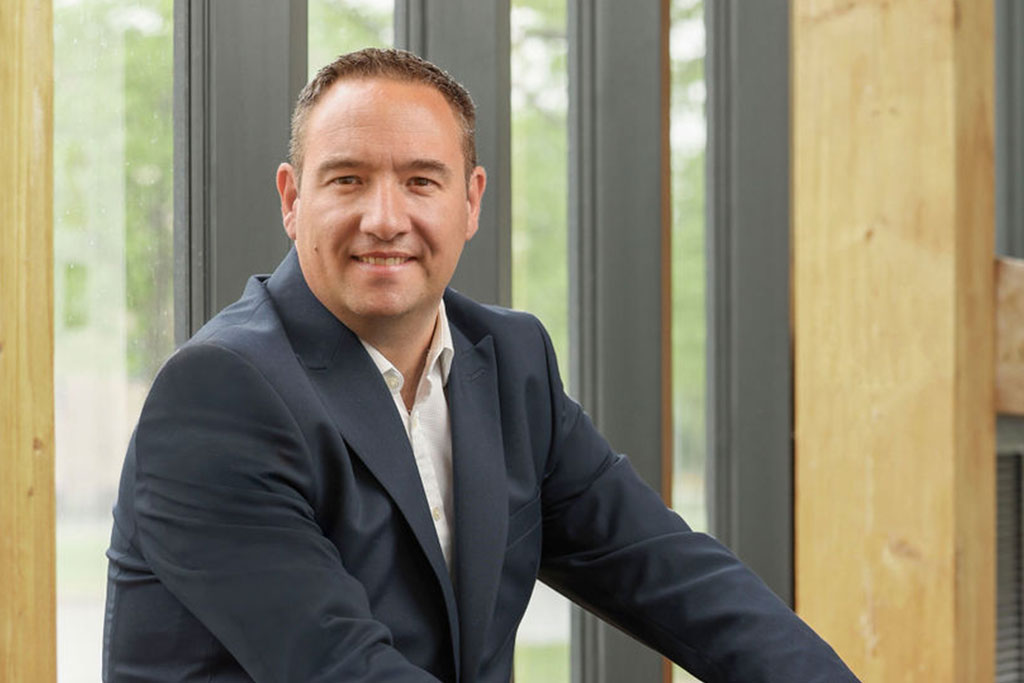
Article Published in ‘Planning in London’ (July-September 2023 Issue)
Will smaller providers provide much needed
diversification in affordable housing asks Simon Corp
Over recent months we have seen more potential mergers in the affordable housing sector including announcements from Network and Sovereign and Abri and Silva. This continues a trend for affordable housing to be delivered by a smaller number of larger national and regional providers. There are of course good commercial reasons for these mergers – to reduce the cost base and maximise business efficiency. However, these moves typically shift development focus away from smaller s106 schemes and sites to larger development opportunities where the provider controls the land acquisition, design development and delivery. The change is driven by the need to hit number driven targets and scale up development, but potentially this will be at the cost of diversity in the sector.
The roots of Housing Association movement lie in small community-based organisations and specialist providers who understood the needs of their local area and provided an alternative to the large scale municipal council housing building programmes. Up to the advent of the ‘for profits’ provider programme the numbers of these type of organisations were shrinking and the diversity in the sector was being lost.
We have seen the impacts of this direction in our work providing viability assessments for landowner and developer clients to agree a viable allocation of affordable housing provision which does not threaten the delivery of the development and, through our affordable housing agency services, placing the resultant affordable housing with Registered Provider clients. Where the affordable housing provision in a s106 agreement is less than 10 dwellings it can be difficult to find any interest from Registered Providers, particularly in the capital, and often the obligation is converted to a financial contribution so much needed affordable housing is lost.
The Housing and Regeneration Act 2008 introduced the concept of “for profit” providers of affordable housing to generate more diversity in the sector and encourage the flow of private capital into the sector. Working as a viability consultant in the early 2010’s it was already apparent there was little appetite from the traditional housing association sector for small scale s106 housing requirements, with most turning down opportunities of less than 10 homes and the planning obligation was “lost” to a commuted sum payment. The lack of interest in small scale s106 provision from the traditional providers and the desire to see planning obligations deliver housing on the ground were the main drivers for me forming and achieving registration for St Arthur Homes in 2013. This was one of the first for profits providers of affordable housing with a business model of acquiring small scale s106 requirements on open market developments.
In this model the affordable housing was delivered as shared ownership so a large proportion of the capital employed to deliver the development would be repaid by the initial shared ownership sale, with the residual balance of debt serviced by the rental payment on the unsold element of the property. The rent element is usually charged at up to 2.75% of the capital value of the unsold equity per year. The GLA income cap for shared ownership is £90,000pa but many authorities in London are concerned this is not affordable to many of their residents who are unable to access the market and often introduce much lower income caps in s106 requirements with income caps at £40,000-50,000pa not being uncommon which reduces the value of the affordable housing.
For profits providers don’t just deliver shared ownership homes, larger for profits providers are delivering rented homes making use of institutional capital often through pension funds where the cost of capital reflects the stable and relatively low risk nature of an affordable housing product.
I managed the process of registration for St Arthur Homes and Malins Affordable Homes back in 2013 when the for profit providers numbered just 25. There are now some 69 for profit providers, many of them in the sub 1,000 homes category. These formations are helping bring back diversity to the sector with an increasing number of smaller providers focusing on particular locations or specialist sectors. So, in a way, the for profits providers are taking the sector back to its roots with a much needed increase in the number of smaller and specialist providers.
This can only be a good thing – placing community focus back at the heart of schemes and diversifying a sector so that we are not only reliant on the big players.
There’s a place for both of course, in a sector with increasing need we need more players, more innovation and new and innovative models.
Related news
Rapleys’ experts react to the Chancellor’s 2025 budget
Daniel Cook, Partner and Head of Automotive, Roadside and Future Fuels at Rapleys, said: “The tax on EVs is clearly there to make up for the fall in fuel duty as drivers move away from petrol/diesel cars.




